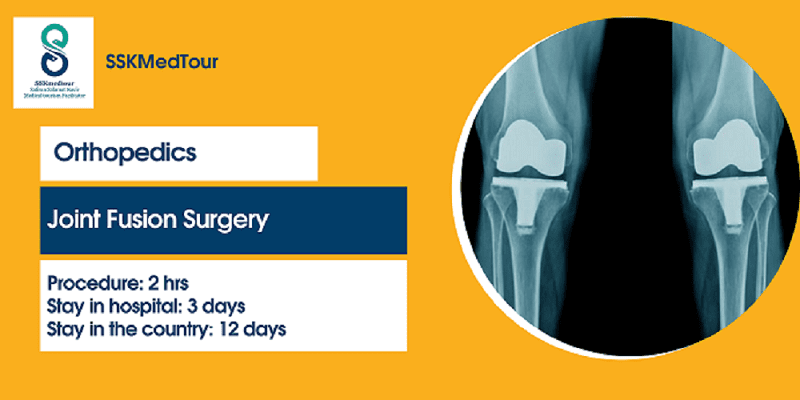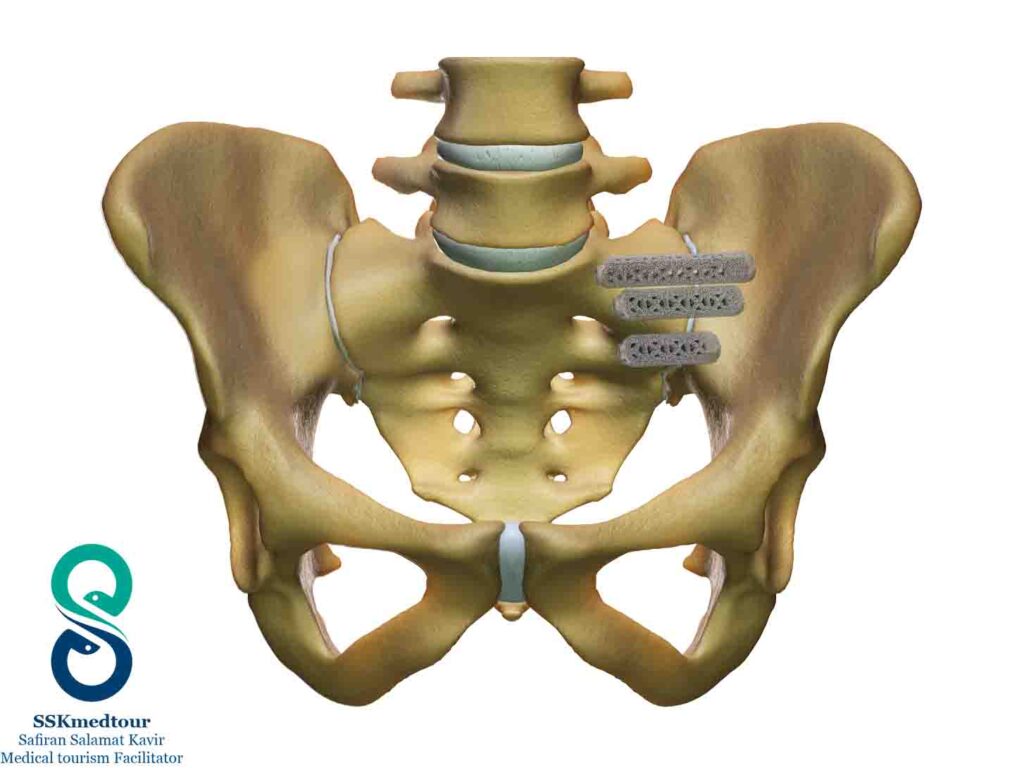
What is Joint Fusion Surgery?
If you have severe arthritis pain, your doctor may suggest that you have joint fusion surgery (also called “arthrodesis”). This procedure fuses, or “welds,” together the two bones that make up your aching joint.
It causes the bones to become one solid bone, and it can lessen your pain. It can also make your joint more stable and help you bear more weight on it.

Do I Need It?
Over time, arthritis can cause severe damage to your joints. If other treatments haven’t helped, joint fusion surgery may be the next step. This procedure can also relieve symptoms of back problems like degenerative disk disease and scoliosis.
Joint fusion surgery can be done on many different joints, such as your:
- Spine
- Ankles
- Wrists
- Fingers
- Thumbs
- Feet
It can take a while to heal — sometimes many months — from joint fusion surgery. Because of this, your doctor will want to know that you can cope with a long recovery.
Joint fusion surgery may also not be right for you if you have a health issue, like:
- Poor bone quality
- An infection
- Narrowed arteries
- A nervous system (neurological) problem that may keep you from healing
What Happens During Surgery?
You’ll go into the hospital or have outpatient surgery (go home the same day), depending on the type of joint fusion surgery you need.
Your doctor may choose to give you general anesthesia, which will allow you to sleep through the procedure. In other cases, you may have local anesthesia. This means you’ll stay awake, but the area of the joint will be fully numbed.
Once you’ve had anesthesia, your doctor will make an incision (cut) in your skin. Then, they’ll scrape away all the damaged cartilage (tissue) from your joint. This will allow your bones to fuse.
Sometimes, your surgeon will place a small piece of bone between the two ends of your joint. They’ll carefully take this bone from your pelvic bone, heel, or just below your knee. Or, it could come from a bone bank, which stores donated bones for use in surgeries like this. Your doctor might also choose to use a special manmade substance in place of an actual bone.
Next, they’ll use metal plates, screws, or wires to close the space within your joint. This hardware is often permanent and will stay in even after your joint heals.
After they are finished, your surgeon will close your incisions with sutures or staples.
What’s Recovery Like?
Over time, the ends of your joint will grow together to become one solid piece. You won’t be able to move it anymore.
Until that happens, you’ll need to protect the area. You’ll probably need to wear a cast or brace. And, you’ll need to keep all weight off the joint. This could mean you’ll use crutches, a walker, or a wheelchair to get around.
Healing can take up to 12 weeks, so you’ll want some help getting through your daily life. You may need to ask a family member or friend to assist with household tasks.
After this type of surgery, you can expect to lose some of your range of motion and feel stiff in your joints. Physical therapy can help keep your other joints in good working shape.
It’s normal to feel pain after you have joint fusion surgery. Your doctor will help you control this. Non-steroidal anti-inflammatory drugs (NSAIDs) are a safer choice than opioids, which are highly addictive. If your doctor prescribes opioids, follow their instructions exactly. Make sure you stop taking them as soon as your pain lessens.
What Are the Risks of Joint Fusion Surgery?
In general, doctors believe this procedure is safe. Most people do well after having it, and complications are rare. Still, you could experience:
- Broken hardware
- Painful scar tissue
- Arthritis in nearby joints
- Infection
- Bleeding
- Blood clots
- Nerve damage
Smokers are also at risk for a condition doctors call pseudoarthrosis. This means that not enough bone is able to form for the joint to fully fuse. If so, you may end up needing a second surgery.
this expert is taken from https://www.webmd.com/osteoarthritis/guide/joint-fusion-surgery


No comment